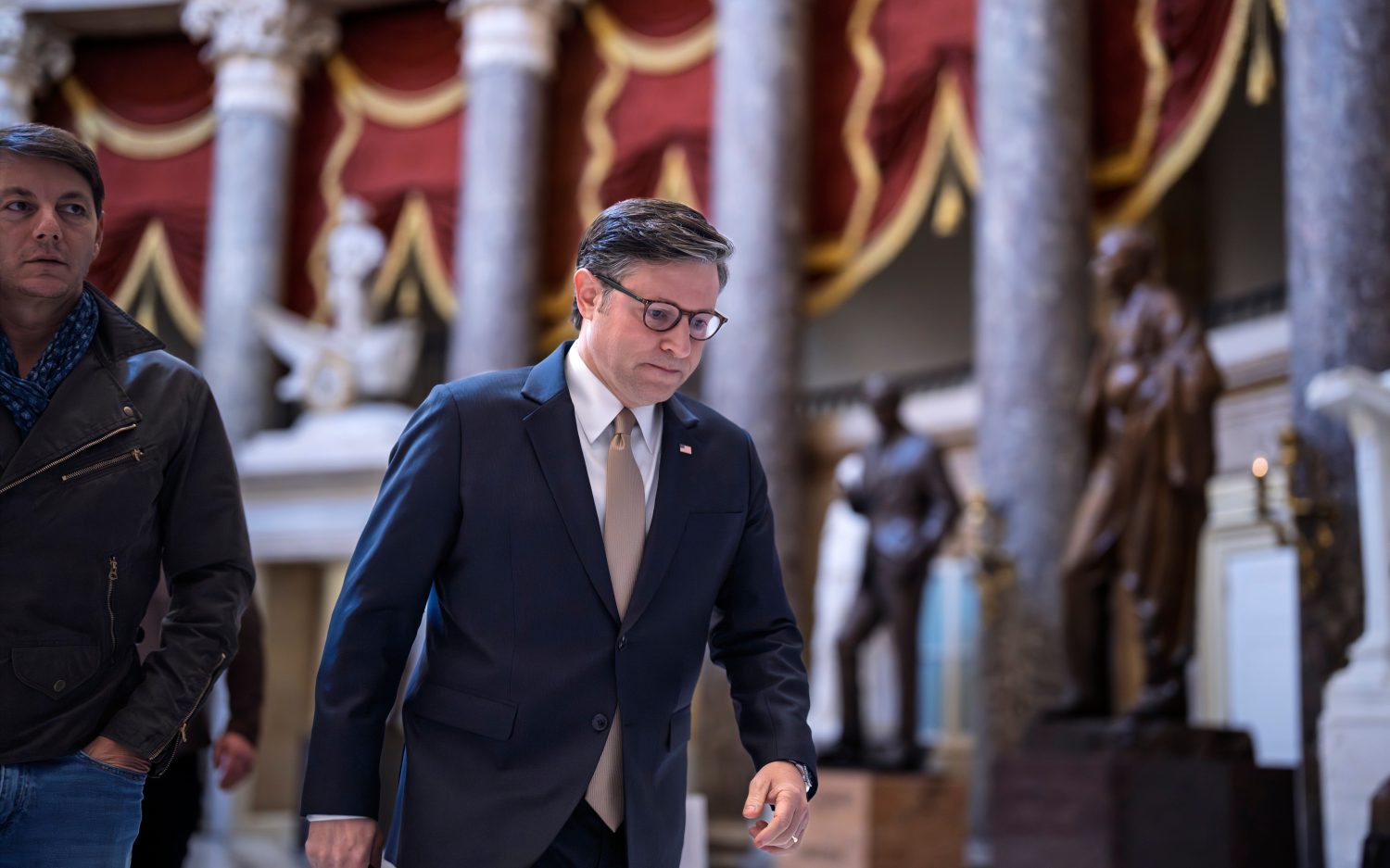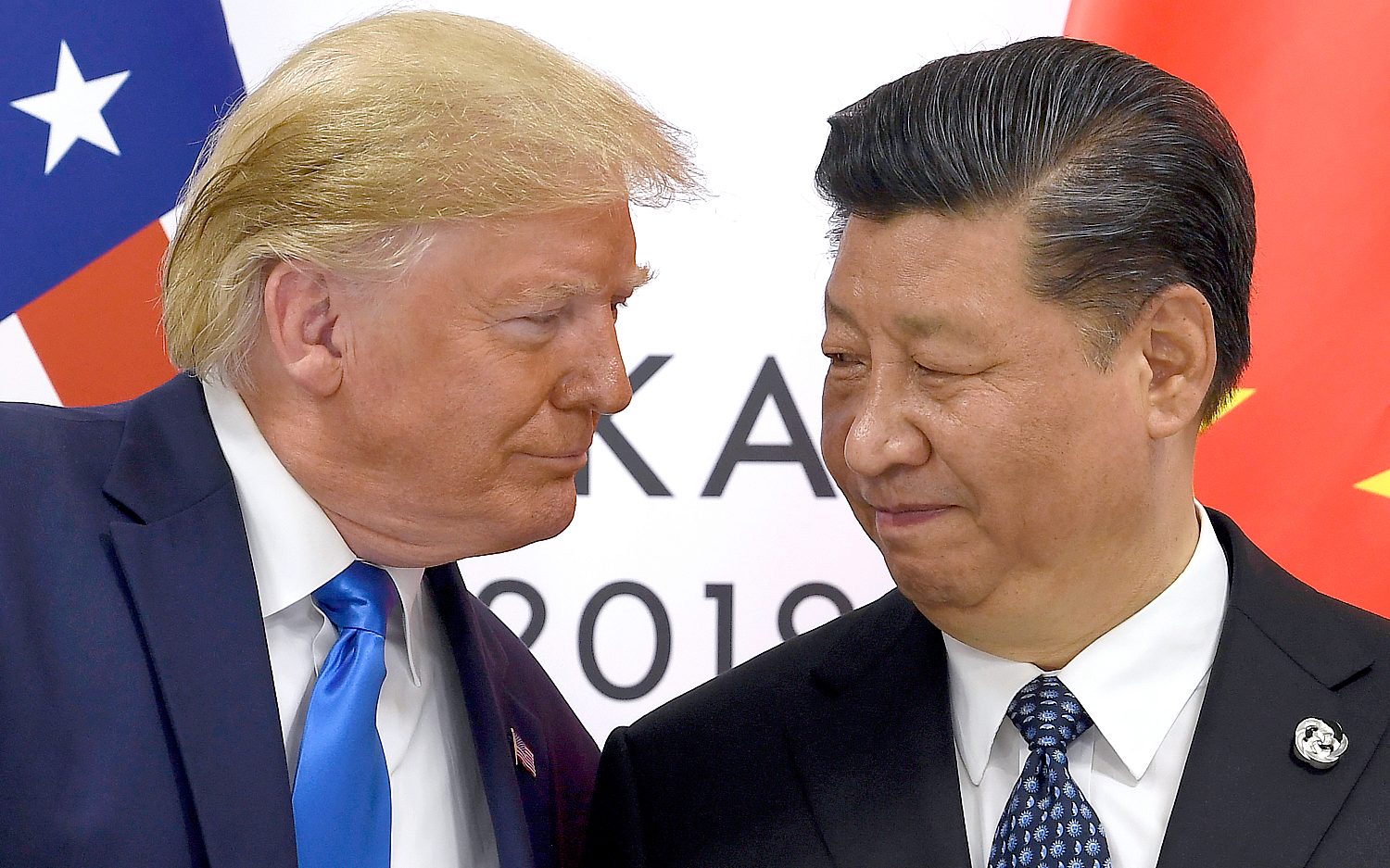College football teams are dressed to impress
Sleek. Attention-grabbing. Unique. Intimidating.
As the college football season approaches, schools have begun to showcase new or “updated” uniforms, which are designed to awe fans and dishearten opponents. While some revisions have long been necessary, other designs stand out in stark contrast to traditional football attire.
The new-look standouts—for better or worse—include the Baylor Bears’ metallic gold helmets and claw marks printed on the shoulder pads; the West Virginia Mountaineers’ sharp, chiseled letters reflecting the state’s mining history; Western Kentucky Hilltoppers’ unis in all black; and the Texas Christian Horned Frogs’ black and purple uniforms with dashes of blood red, inspired by the horned frogs’ natural ability to shoot blood from its eyes. The North Carolina Tar Heels will be another school in all black, at least once this season, in a weekday night game against the Miami Hurricanes dubbed “Zero Dark Thursday.” (See the video below of the UNC players’ reaction to their new uniforms.)
College teams use the new uniforms and helmets as a marketing tool—keeping the school’s imagery fresh and exciting while offering fans more paraphernalia on which to spend money. Additionally, flashy uniforms help lure prospective recruits to a particular school.
“I’ve always said if Oregon would have offered me [a scholarship], it would have been a tough thing to turn them down just for the uniforms,” former Arizona State defensive back Omar Bolden said in 2011 about the Ducks’ array of colorful uniforms supplied by alumnus Phil Knight’s company, Nike. “And I hate cold weather.”
Companies such as Nike, Adidas, and Under Armor pay millions for the opportunity to design and redesign college football uniforms. In 2010, Nike signed an eight-year contract with the University of Oregon, providing the school with approximately $2.7 million in gear and $750,000 in cash every year. Using a football team as advertising space is worth the cost.
“The college bowl games and the BCS games, those are a tremendous showcase for those manufacturers,” said Eric Wright, a vice president at Joyce Julius & Associates Inc., a Michigan-based sports-sponsorship evaluation company. “The logos are so dominating during those telecasts. Typically the apparel manufacturer is going to be in the top two or three most-seen brands during that four or five hours.”
Fan reactions to the new uniforms are mixed. Whereas young fans are excited for a fresh new look, many longtime college football fans disapprove of the stray from traditional colors, fonts, and logos. One notable outcry came last year, when Penn State broke from tradition and added players’ names to the back of their jerseys. Yet the protest of many fans did nothing to change coach Bill O’Brien’s decision to alter the uniforms.
“If the new coaching staff wants to put numbers on the helmets, put stripes down the middle of the helmets or names on the back of the uniforms, that’s their prerogative,” said Lou Prato, former director of the Penn State All-Sports Museum. “They are trying to attract a younger audience now, and if younger students want more flashy uniforms, that’s OK, too.”
An actual newsletter worth subscribing to instead of just a collection of links. —Adam
Sign up to receive The Sift email newsletter each weekday morning for the latest headlines from WORLD’s breaking news team.




Please wait while we load the latest comments...
Comments
Please register, subscribe, or log in to comment on this article.